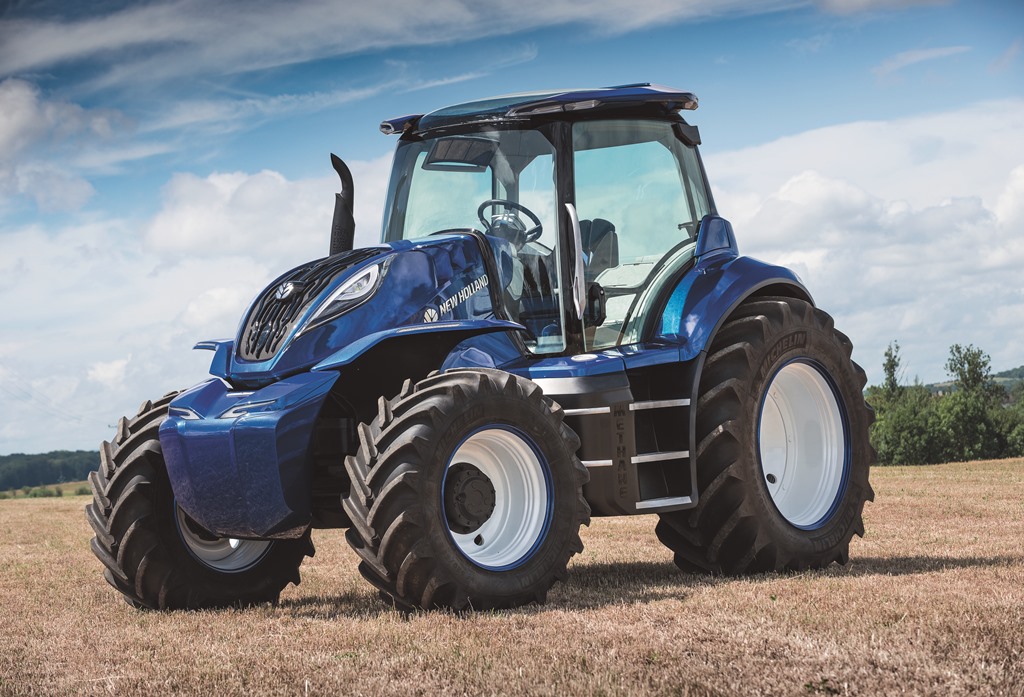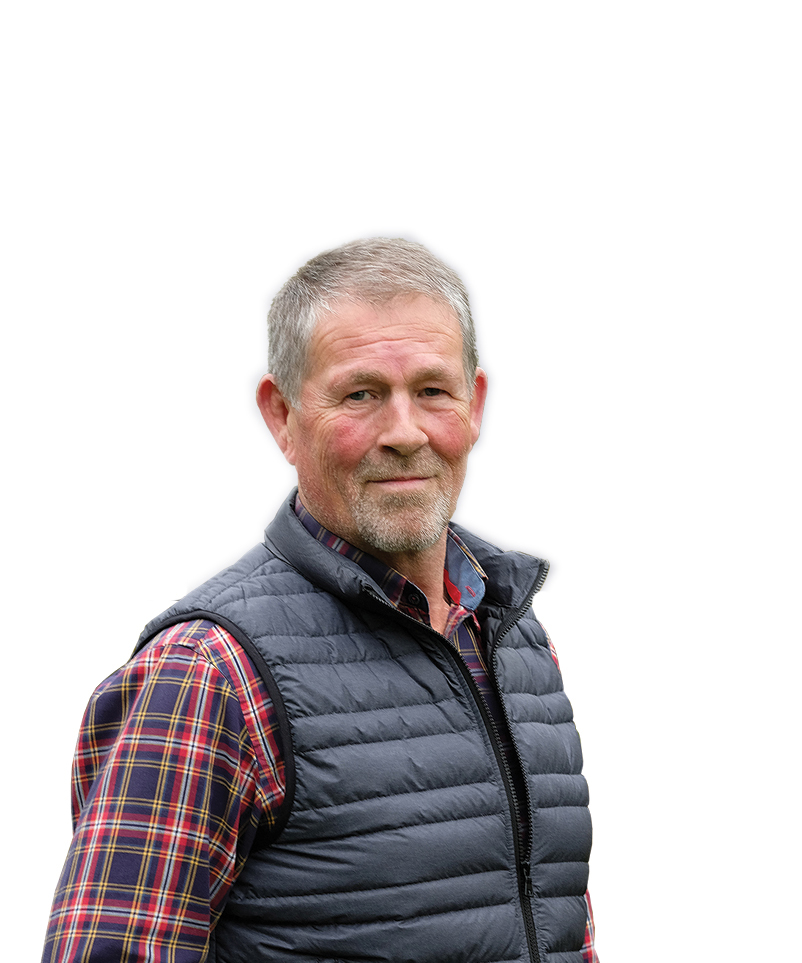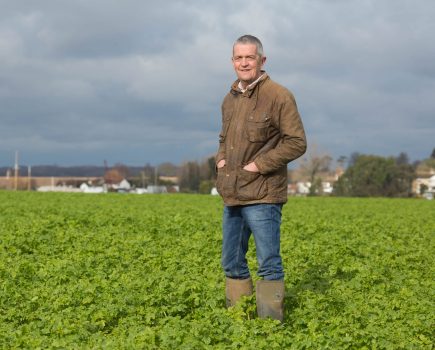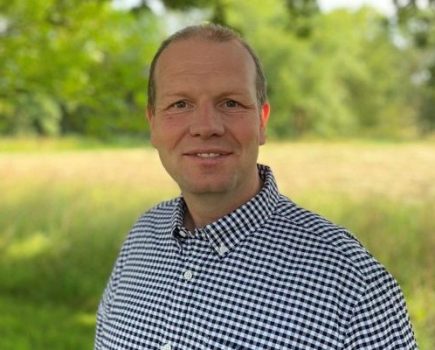New Holland Agriculture has a dream. Completely self-sufficient farming systems that recycle one of their most noxious by-products to provide the power to produce food while reducing costs.
Although it’s not a new idea, NH has taken the trouble to activate it by developing a prototype tractor powertrain to utilise methane as an energy source and so tick a number of environmental and economic boxes. But how is this ambition of completely energy-independent farms being approached and what have their engineers achieved so far?
Four years ago, NH unveiled its first T6 Methane Power prototype, since when further research and development has been going on, together with on-farm testing. The headline result is that the concept tractor now matches the performance and durability of its diesel equivalent – but the running costs are claimed to be 30% lower.
Significantly, a new tank design – comprising a composite layered tubular structure – has sufficient capacity to allow a full day’s work, in line with an equivalent diesel model. At the same time, the use of a single nozzle makes it as easy to fill as a diesel version.

The concept tractor’s futuristic design.
The resulting stats are impressive. In field conditions, the concept tractor produces at least 10% lower CO2 emissions, with overall emissions 80% less than an equivalent standard diesel tractor. However, the environmental impact is further reduced – quite spectacularly – when the fuel is biomethane, produced from crop residues and waste from farm-produced energy crops, which produces virtually zero CO2.
It goes without saying, therefore, that New Holland is very keen on biomethane, which it sees as a crucial component in the pursuit of CO2 neutrality. Nevertheless, the company’s brand president, Carlo Lambro, didn’t understate the technology’s potential contribution when speaking at NH’s Basildon base recently.
“The new methane-powered concept tractor is the latest development in our pursuit of sustainable and efficient technology through innovation,” he stated. “Its ground-breaking engine delivers the same performance and has the same durability as its standard equivalent, but with much lower running costs.
“It combines alternative fuels and advanced agricultural technology to create a vital link that closes the loop in the Energy Independent Farm’s virtuous cycle – by running on the energy produced from the land itself and from waste materials.”
The biofuels sector has understandably targeted farming businesses in its quest to keep expanding: they have both the raw materials on hand – fuel crops, other crop residues, animal waste – and the space to accommodate biodigester plants. Many of these farms have become the preferred destination for waste generated by food processors, caterers and supermarkets.
A growing number of farmers, too, have seen the potential of biomethane as a producer of electricity, both for on-farm consumption and to sell to the National Grid when domestic surpluses are created. The system has also been known to earn brownie points for its operators from the burgeoning urban environmental lobby.
So, what could the methane-powered powered tractor of the future look like? New Holland’s design team was let loose on the project and came up with some interesting ideas. Inspired by the car sector, they went for a fully-integrated, wrap-around body look, but with plenty of NH reminders.
Most noticeable, perhaps, is the 20% increase in the glazed area, when compared to the standard, incorporating a floating glass domed roof. This, the company says, provides an unobstructed view of the loader at all times, smoothing operations such as loading digestate and feeding cattle.
‘Iconic’ New Holland exterior style elements have also been incorporated into the design – the aggressive hood air intake vents and lights, for example – and features synonymous with conventional models, like the leaf-shaped seat and signature lights. The integrated design approach also embraces the hood, front and rear fenders, together with the all-important fuel tank.
The cab interior is clutter-free, with all the essential controls on the integrated armrest and additional variables controlled through an interactive headliner display. The fixed hub steering wheel-mounted display cluster moves with the steering wheel when it’s being raised or lowered, to suit the dimensions of the operator.
The shape of things to come? Well, maybe.
David Jones has been writing about farm machinery for the past 15 years. Now based near Much Wenlock, Shrops. david@cpm-magazine.co.uk




